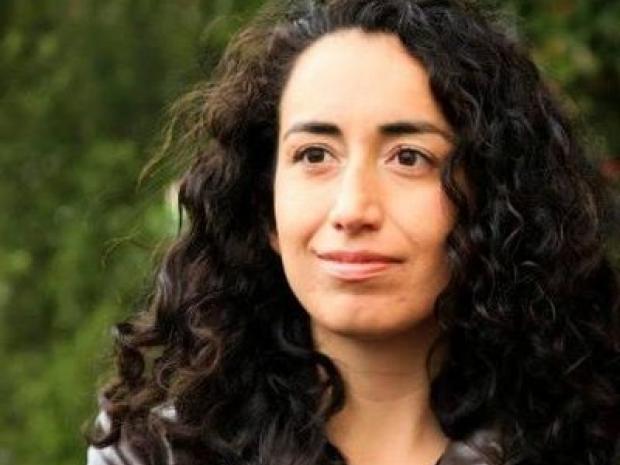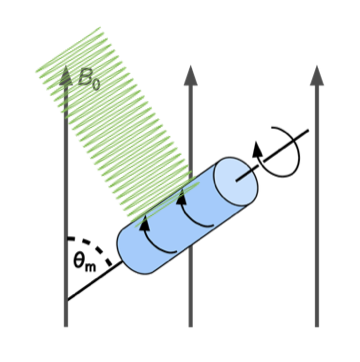Lighting Up Magnetic Resonance

Speaker
Claudia Avalos
Assistant Professor of Chemistry
New York University
Abstract
The modification of the spin and optical properties of materials can be achieved via defect incorporation and site specific structural changes. How and where these defects are incorporated, as well as what role these modifications play in perturbing local magnetic interactions that influence these properties is not entirely well-understood. In this presentation, I will discuss applications of solid-state NMR to identify structural changes and incorporation of defects in ferroelectric and lanthanide doped perovskites. Lanthanide doped perovskites have been shown to exhibit a phenomenon known as quantum cutting, leading to photoluminescent yields greater than 100% which can be used to improve solar cell efficiencies. Using solid-state nuclear magnetic resonance reporter spins and photoluminescence measurements, we gain insight into the nature of the defect site responsible for these optical effects and characterize the role that defect concentrations play in the optimization of quantum cutting effects. These results inform our future design approaches for improving the photoluminescence properties of lead halide perovskites.

Bio
After obtaining her B.S in Chemistry at the California State University Chico, she obtained her PhD at the University of California Berkeley. While at UC Berkeley, she investigated spin coupling interactions between defect NV centers in diamond and explored the use of these systems for sensitive magnetic field sensing and NMR signal enhancement applications. During her postdoctoral work at the École Polytechnique Fédérale de Lausanne she developed dynamic nuclear polarization methods for improving the NMR detection sensitivity for 19F nuclei and investigated structural phase transitions in perovskite ferroelectric materials using solid-state magic angle spinning NMR. While in Lausanne, she also investigated optically induced spin polarization transfer in a number of novel pentacene-radical compounds using transient EPR. Now at NYU, Prof. Avalos is interested in pursuing research focused on using optical and magnetic resonance spectroscopies to better understand the spin physics, structure and function of photoactive materials such as ferroelectrics, perovskites and organic chromophores.

